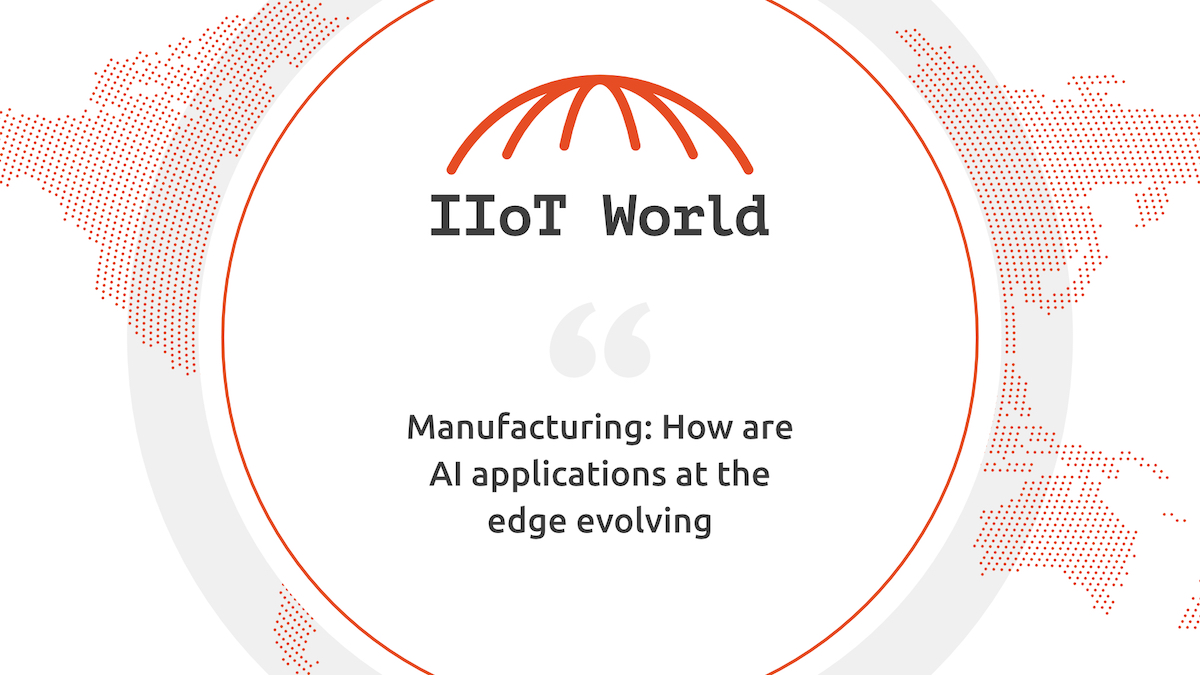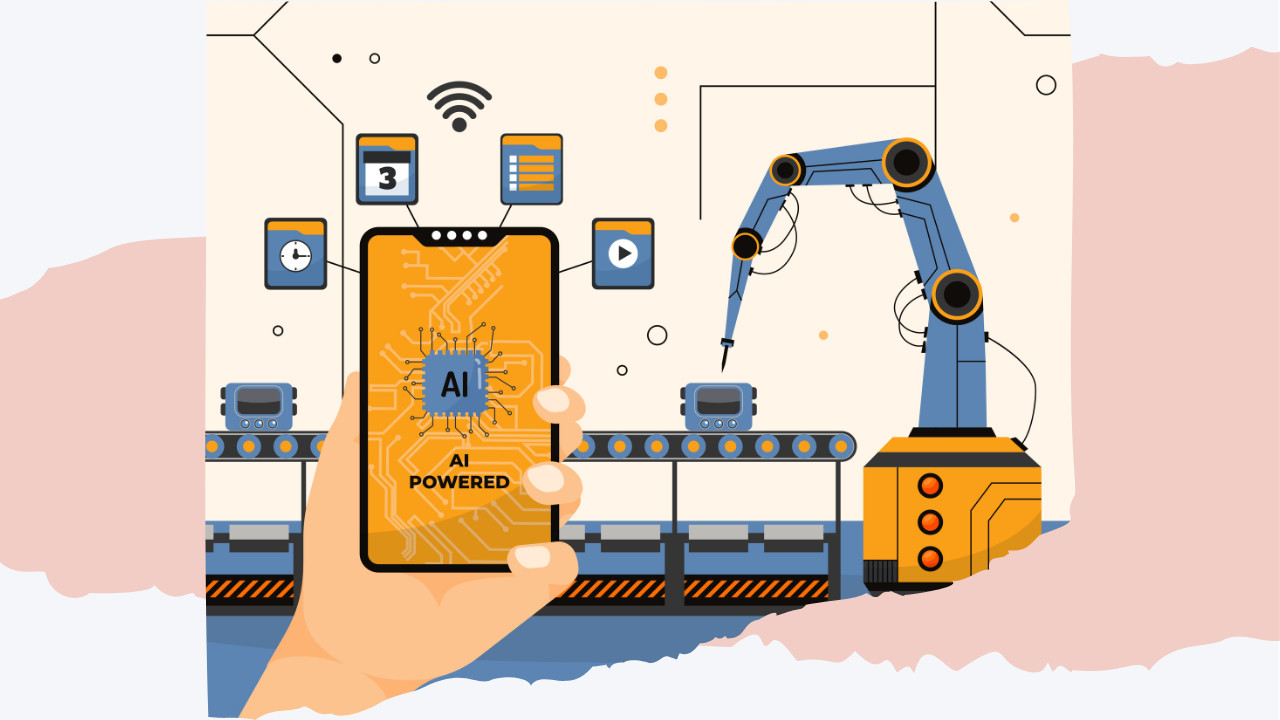Manufacturing: How are AI applications at the edge evolving
AI application at the edge is growing rapidly with 80% of enterprise IoT projects projected to incorporate AI by 2022. According to GSMA Intelligence, it’s also estimated that the AI in the Internet of Things (IoT) market will grow at a 27% CAGR through to 2026.
In this CxO series, Lucian Fogoros sits down with Lenovo’s General Manager of Edge Computing and Emerging Business, Blake Kerrigan, to discuss the evolution of edge computing in the last decade, challenges of building and deploying at the edge, and growth applications of AI at the edge for enterprises. Emerging edge computing products are innovating vertical industries like manufacturing, healthcare, and retail while leveraging artificial intelligence and machine learning technologies to create scalable solutions. For example, in manufacturing, businesses can better orchestrate in-flow and outflow, and in healthcare, remote patient monitoring and medical device integration can be optimized through the intelligent edge.
In the early days, enterprise edge networks were exciting and chaotic. Solutions were woven together by a large pool of hardware manufacturers, software vendors and IT talent in enterprises. Today, a wave of consolidation and standardization has helped mature the market.
The edge is becoming more critical and complex than ever before. What worked on the edge relatively well just a few years ago will not drive high levels of productivity now, much less take customers’ business to the next level. Building an enterprise edge network on a patchwork of gateways and single-board computers is no longer a resourceful way to scale edge solutions. For reliable performance at the edge, enterprises are looking for purpose-built devices that are rugged, powerful and secure, as well as at a price point ready to scale.
About the author
This article was written by Blake Kerrigan, General Manager – Edge Computing, Emerging Business Group at Lenovo.



